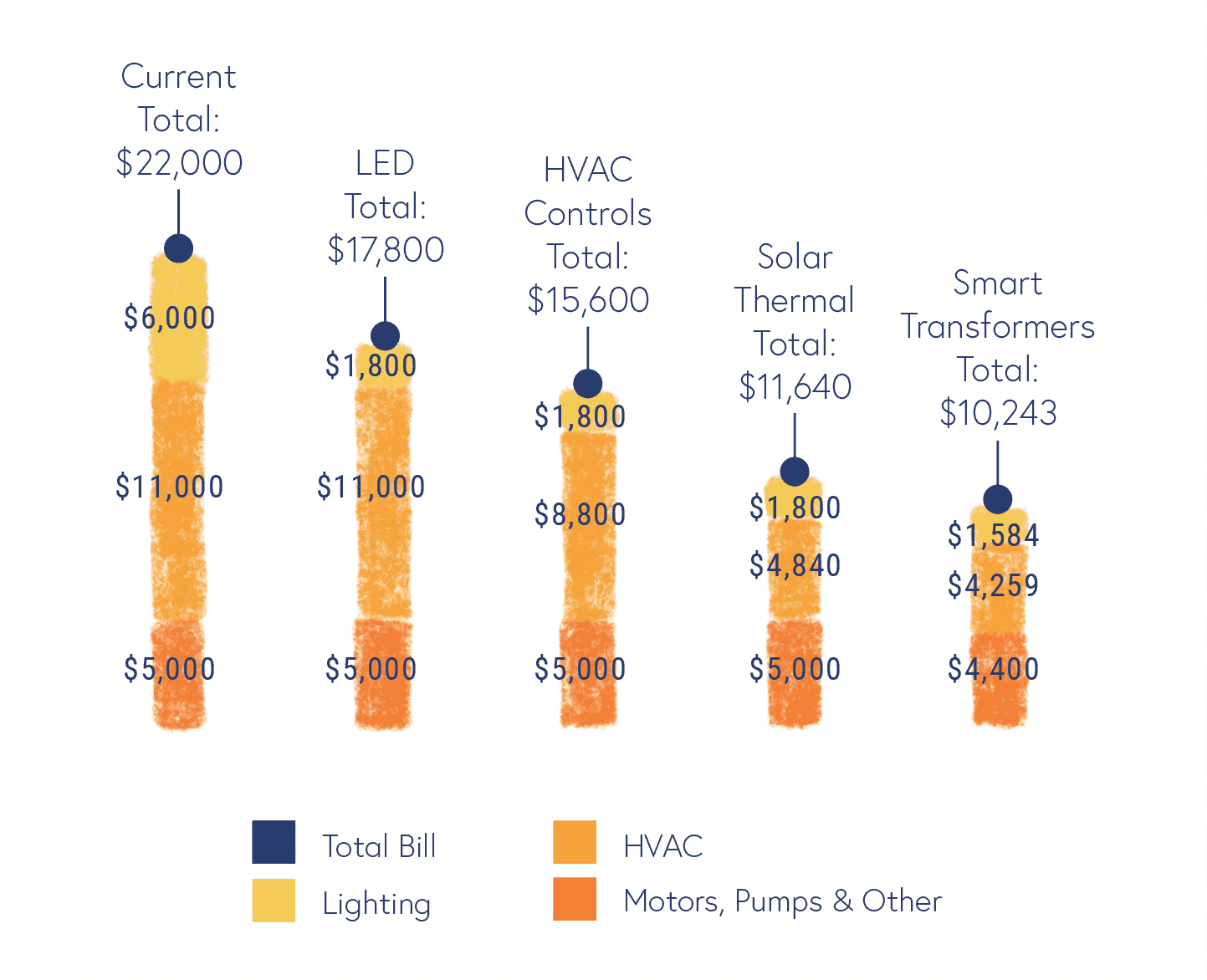The Helios Energy™ Total Energy (TotalE) Approach
Do you want to improve the way your commercial building uses energy and generate savings? By combining Energy Management (EM) + Energy Efficiency (EE) + Clean Energy (CE) projects into one integrated Total Energy (TotalE) initiative, we'll help you reach your goals. Helios can help make your facility safer, cleaner, and more efficient, all while maximizing financial value. Find out how today!
TotalE = EM + EE + CE™
1
Identify
First, we help clients identify current consumption levels through our energy analysis and audit process
2
Implement
Next, we work with clients to implement a set of EE technologies to lower energy consumption by up to 50%
3
Optimize
Then, we help clients explore CE options that are 'right-sized' for new, lower energy consumption levels





